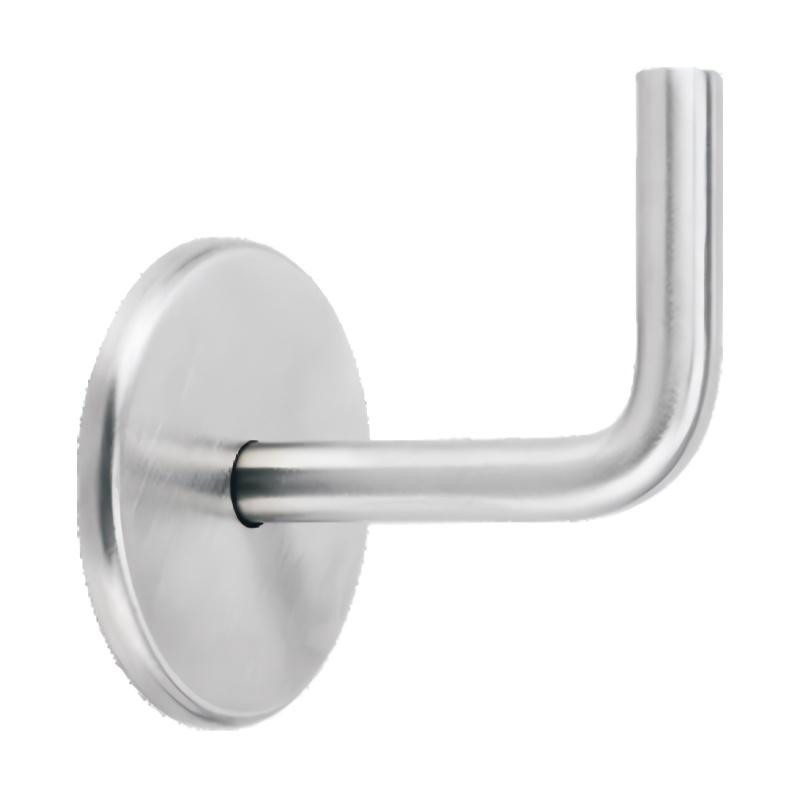How to Clean Furniture Hardware?
Keeping your Furniture Hardware in pristine condition not only enhances the appearance of your furniture but also preserves its strength and lifespan. For stainless steel hardware—especially SUS304 and SUS316, the two most common materials used in high-end furniture fittings—proper cleaning is essential to maintain corrosion resistance, surface gloss, and hygiene.
This guide explains professional cleaning methods, differences between SUS304 and SUS316, and maintenance tips to help your furniture hardware stay in perfect condition.

Table of Contents
Understanding Stainless Steel Furniture Hardware
Stainless steel hardware is widely used in furniture for its durability, sleek appearance, and resistance to rust and oxidation. It’s commonly found in handles, hinges, drawer pulls, Knobs, brackets, and decorative trims.
Among many grades of stainless steel, SUS304 and SUS316 stand out as the most reliable options for furniture applications.
SUS304 Stainless Steel
SUS304 is an austenitic stainless steel that contains approximately 18% chromium and 8% nickel. It offers:
Excellent corrosion resistance for indoor environments.
Smooth, mirror-like finish suitable for decorative use.
Good formability and weldability, making it ideal for custom designs.
Resistance to household chemicals, mild acids, and detergents.
SUS316 Stainless Steel
SUS316 includes molybdenum (2–3%), which significantly enhances corrosion resistance, especially against chlorides and saline environments. It’s often used in:
Outdoor or coastal furniture exposed to humidity and salt air.
Luxury or marine-grade furniture requiring superior durability.
Environments where hygiene and oxidation control are critical.
In short:
SUS304 – Best for indoor applications and cost efficiency.
SUS316 – Best for outdoor or high-moisture environments where corrosion risk is higher.
Step-by-Step Guide: How to Clean Stainless Steel Furniture Hardware
1. Dust and Wipe Regularly
Start by removing dust or dirt using a soft microfiber cloth. Regular dusting prevents buildup that can lead to scratches or discoloration over time.
2. Use Mild Soap and Warm Water
Mix a few drops of mild dish soap in warm water. Dampen the cloth and gently wipe the surface. This is sufficient for routine cleaning of SUS304 and SUS316 hardware.
Avoid using bleach, ammonia, or abrasive powders that can damage the protective oxide layer.
3. Remove Fingerprints and Stains
For fingerprints or light grease:
Use a 1:1 mixture of white vinegar and water.
Wipe along the metal grain direction.
Rinse with clean water and dry immediately.
For tougher spots or water stains, use isopropyl alcohol (IPA) on a soft cloth. Never use steel wool or scrubbing pads—they can leave scratches that attract rust.
4. Polish for Extra Shine
If you want to restore luster:
Use a stainless steel polish or mineral oil.
Apply a small amount and buff gently in circular motion.
Polish along the grain for the best results.
For brushed finishes, avoid glossy polishes—use satin-type conditioners instead to maintain a uniform texture.
5. Dry Thoroughly
After cleaning, always dry your hardware completely using a lint-free cloth. This step prevents water spots and maintains the passivation layer that protects the stainless steel.
Deep Cleaning Tips for Stubborn Marks
Tea or coffee stains: Wipe with a baking soda paste (mix 3 parts baking soda with 1 part water), then rinse and dry.
Rust spots (rare on 316 but possible on 304): Use a dedicated stainless steel cleaner containing oxalic acid. Apply gently, rinse well, and neutralize with soapy water.
Salt exposure: Especially for SUS304 near coastal areas, rinse regularly with clean water to prevent chloride buildup.
Routine care prevents corrosion even in challenging conditions.
Preventive Maintenance for Stainless Steel Hardware
Avoid Chlorine Exposure – Chlorine-based cleaners, pool water, and bleach can damage stainless steel surfaces.
Maintain a Dry Surface – Keep handles and hinges dry after cleaning.
Apply a Protective Film – A thin layer of silicon-based polish provides additional protection against oxidation.
Inspect Monthly – Regularly check for loose screws or early signs of discoloration.
SUS316 hardware needs less frequent maintenance than SUS304, but both benefit from consistent care.
SUS304 vs. SUS316: Which Is Easier to Maintain?
| Feature | SUS304 | SUS316 |
|---|---|---|
| Main Alloying Elements | 18Cr-8Ni | 16Cr-10Ni-2Mo |
| Corrosion Resistance | Excellent (indoor use) | Superior (salt & moisture resistant) |
| Cleaning Frequency | Weekly recommended | Biweekly sufficient |
| Finish Options | Mirror, satin, brushed | Brushed, marine-grade polished |
| Cost | More economical | Higher but longer lifespan |
For indoor furniture, SUS304 hardware offers the best balance of cost and performance.
For outdoor furniture, bathroom vanities, or coastal installations, SUS316 ensures long-term shine and corrosion-free durability.
Conclusion
Proper cleaning of stainless steel furniture hardware—especially those made from SUS304 and SUS316—is essential for preserving both appearance and performance. Using mild cleaning agents, drying thoroughly, and maintaining a regular polishing routine will help your hardware look new for years.

